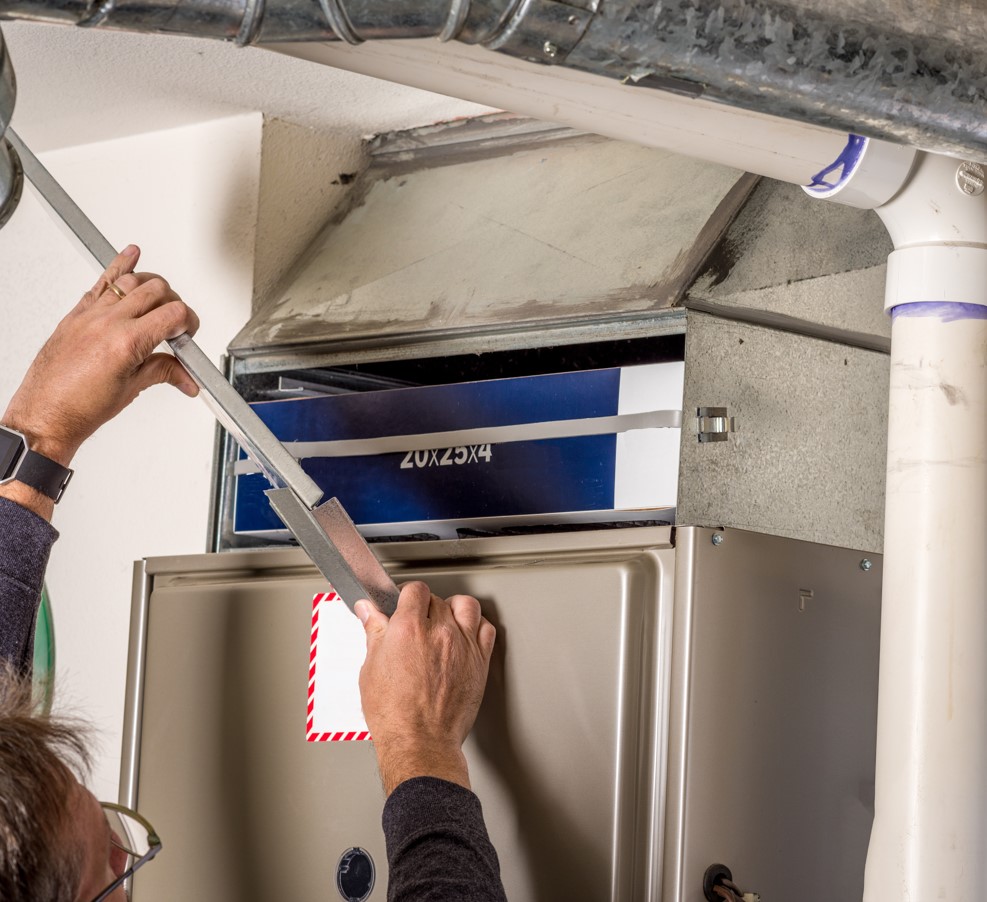You don’t have to be a professional to install a furnace. Following this step-by-step guide, you can complete the installation process with minimal stress and disruption. Whether replacing an old furnace or installing a new one, this guide will walk you through everything you need to know. Let’s get started.
Why you need a furnace
Winter days can be cold, and what better way to stay warm than having a furnace? Making sure your home is equipped with a properly functioning furnace will not only keep you cozy during those frigid months, but it can also save energy and money. A furnace runs more efficiently when regular maintenance is done, so scheduling an annual inspection can give you peace of mind. Modern furnaces are designed for safety, air quality, and keeping your home comfortable. So, if winter has made you feel chilly, talk to someone about getting a furnace today!
How to pick the right size and type of furnace for your home
Finding your home’s proper size and type of furnace can be daunting. After all, you don’t want anything that makes your utility bills skyrocket, but you also want something reliable and efficient. The best way to pick the perfect furnace is by consulting a professional HVAC technician. They’ll be able to compare options in terms of efficiency, size, cost, and more and ensure that your chosen product will suit your needs precisely. By researching gas or electric furnaces, heat pumps, ductless mini-splits, or even water heaters ahead of time and communicating your needs clearly to the technician, you can rest assured that they’ll help you choose just the right one for your home.
A step-by-step guide to installation
Installing a furnace in your home is no small task. It requires careful planning and attention to detail and should only be done by a qualified professional. But that doesn’t mean you can’t learn the basics of how to install a furnace on your own! In this article, we’ll provide an overview of the steps involved in installing a furnace and explain why it’s important to hire an experienced contractor for this kind of work.
Step 1: Preparing the Area for Installation
The first step in furnace installation is preparing the area for installation. This includes making sure that all necessary permits are acquired and that there are clear pathways from outside to inside so that the contractor can easily access the space where the furnace will be installed. It also involves ensuring that any walls or ceilings adjacent to the space are properly insulated, as well as checking for any gas lines or wiring that may need to be rerouted.
Step 2: Choosing Your Furnace
Once you have all of your permits and clear pathways, you will then need to choose which type of furnace you want to install. There are several different types of furnaces on the market today, including gas furnaces, electric heat pumps, oil furnaces, and more. Depending on your budget and preferences, you can choose whichever type best suits your needs. Additionally, if you live in an area with extreme temperatures or humidity levels, you may need to purchase a special type of furnace designed specifically for those conditions.
Step 3: Have it Professionally Installed
Because installing a furnace is such an intricate process—requiring knowledge about electrical wiring, plumbing, ventilation systems, etc.—it’s important to have it professionally installed by an experienced contractor who has both experience and proper certifications/licenses in order to ensure that everything is done correctly and safely. A professional contractor will also be able to advise you on which type of heating system would be most efficient for your home based on its size and location.
Installing a furnace in your home is not something that should be taken lightly—it requires careful planning and attention to detail in order to ensure safety as well as efficiency once the unit is up and running. While this article provides just an overview of some of the steps involved in installing a furnace (choosing one; preparing the area; having it professionally installed), it’s always best practice when doing any kind of major project like this one to consult with an experienced professional who can guide you through each step from start to finish! Good luck!
What to do if you encounter problems during installation
Encountering problems with installation could be better, but luckily, you can take some helpful steps to simplify the issue. First and foremost, take a deep breath –help is at hand!
If the provided instructions need to be clarified or completed, often getting back in touch with the manufacturer or seller can help to gain clarity on any necessary actions that may have been left out. Additionally, checking online reviews and FAQs is a great way to see if others have similar issues or needed clarification.
Don’t forget to leverage customer service options, who will be happy to assist specific to your problem! With these tips in mind and a determination to get things working again, you’ll be working toward fixing whatever has stopped you from enjoying your new purchase.
How to maintain your furnace after installation
If you’re the owner of a newly installed furnace, congratulations! You’re already on your way to a warmer, more comfortable home. However, regular maintenance is vital to keep your furnace operating smoothly and efficiently for years. Start by changing the air filter every one to two months; this will help reduce dust and contaminants that can build up in the system. Additionally, inspect all registers and returns for blockages or any other issues at least once per season. Finally, schedule an annual tune-up with a qualified professional specializing in furnace maintenance; they’ll be able to spot minor problems before they turn into bigger ones. With these few easy steps, you should get many years of comfort from your new furnace.
Reinforcing a critical part of your home’s comfort system is not something to be taken lightly. Choosing, installing, and maintaining the right furnace for your home can seem daunting, but having the correct information on hand makes it more accessible. Knowing what size and type of furnace your home needs is essential, and understanding how to install it properly and how to maintain it properly will ensure that the job is done correctly. With the proper knowledge, you can confidently take on any heating needs. By remembering these steps, you can keep your home’s furnace running safely and smoothly all year round.



